Menopause increases arterial stiffness which accelerates end organ damage, increases cardiac afterload, and promotes heart failure with preserved ejection fraction, a disease twice as common in women than men. Since the Women’s Health Initiative reported that postmenopausal estrogen therapy induces adverse vascular effects, new drugs are needed to protect aging women from cardiovascular disease. We propose that selective therapies targeting the recently-discovered G protein-coupled estrogen receptor (GPER) will reduce cardiovascular risk in postmenopausal women. Our preliminary data indicate a crucial role for GPER in vascular protection: GPER activation attenuates salt-induced vascular remodeling while GPER deletion increases pulse pressure, an in vivo indicator of arterial stiffness. This project will demonstrate that GPER protects the vasculature through a novel molecular mechanism by which nongenomic estrogen signaling decreases ROS and attenuates glycosaminoglycans (GAGs) in the extracellular matrix, thereby preserving the mechanical properties of central arteries and decreasing pulse wave velocity. Moreover, an aging-induced decrease in vascular GPER expression promotes adverse responses to estrogen but can be corrected with selective therapeutics that target this receptor. We propose that vascular GPER protects from arterial stiffness, and targeting this receptor will improve responses to postmenopausal hormone therapy. Using a combination of in vivo, ex vivo, and in vitro approaches will allow us to assess our hypothesis in multiple ways. High-frequency ultrasound will allow in vivo measurement of pulse wave velocity, the gold standard for assessing vascular stiffness. As opposed to traditional uniaxial pressure myography, biaxial mechanical phenotyping performed in collaboration with a biomedical engineer will allow the use of computational models to delineate the contributing factors for arterial stiffness. ROS measurements will be obtained using electron spin resonance spectroscopy, a direct and sensitive approach for quantifying free radicals in biological samples. Moreover, an inducible, cell-specific GPER knockout mouse model will allow us to specifically assess the impact of decreased vascular GPER expression during adulthood on the response to nonselective estrogen therapy.


